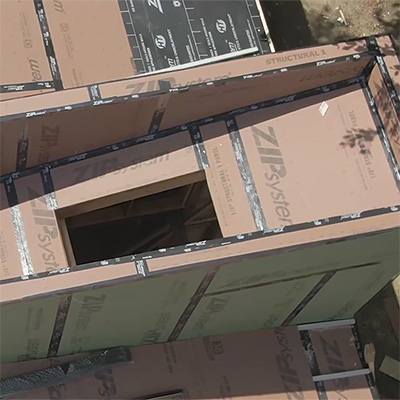Seal an Unused Fireplace
How to keep a rarely-used flue from wasting energy and making your home drafty and uncomfortable.

Click to enlarge illustration.
I have a brick chimney with two flues— one for a boiler, the other for an unused fireplace. Even with the damper closed, the fireplace flue seems to dump cold air into the house all winter, so I’d like to seal it up. What’s the best way to do this—from the top? From the bottom? And with what materials? And will sealing it up cause problems for the chimney down the road? I’m concerned that the lack of warming from interior air could be bad for the masonry.
—BRUCE A. via email
Mike Mehaffey, mason and owner of Stone Waleryszak in Exeter, N.H., responds: People love the ambiance and heat that come from a traditional fireplace. When used daily as they are intended to be used, fireplaces can be efficient. Unused, though, they can waste a lot of heat up the chimney. Even new cast-iron dampers allow air loss.
There are a few products you can purchase to block the chimney just above the damper. One is an inflatable balloon-type product that will seal the flue. The only problem with this is that it has to be re-inflated from time to time. There are also felt rectangles on push rods that are cut to fit into the flue, but those seem to always work their way out. The quirks of these products aside, the problem with blocking the flue from below, at the damper, is that it does nothing to prevent the potential entry of water and animals at the top.
I have found the best way to seal an unused fireplace flue is to install a piece of slate or thin stone on top of the unused flue tile using masonry caulk to adhere the stone. This way, if the fireplace is ever to be used in the future, the piece of stone can be removed easily without causing any damage to the flue.
This also keeps animals and water out of the interior of the chimney. Water can be the biggest detriment to the chimney when allowed to freeze and thaw. It is more important to keep the interior of your chimney dry than it is to keep it warm.
Obviously this only works if the fireplace has a terra-cotta flue tile or a smaller top opening. This would not work on an old fireplace in which the flues are connected together inside the chimney, which is sometimes the case. In this instance, blocking at the damper would be the solution.
Drawings: Dan Thornton



























